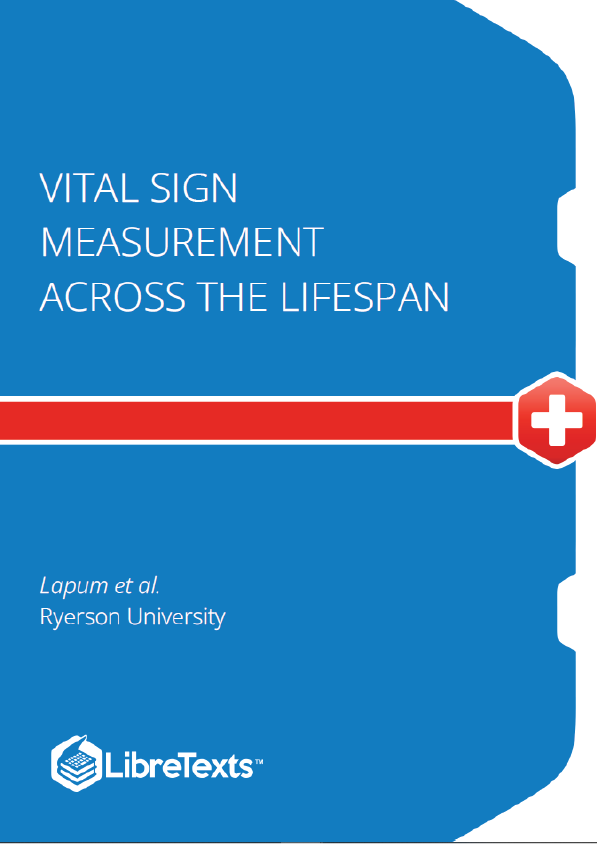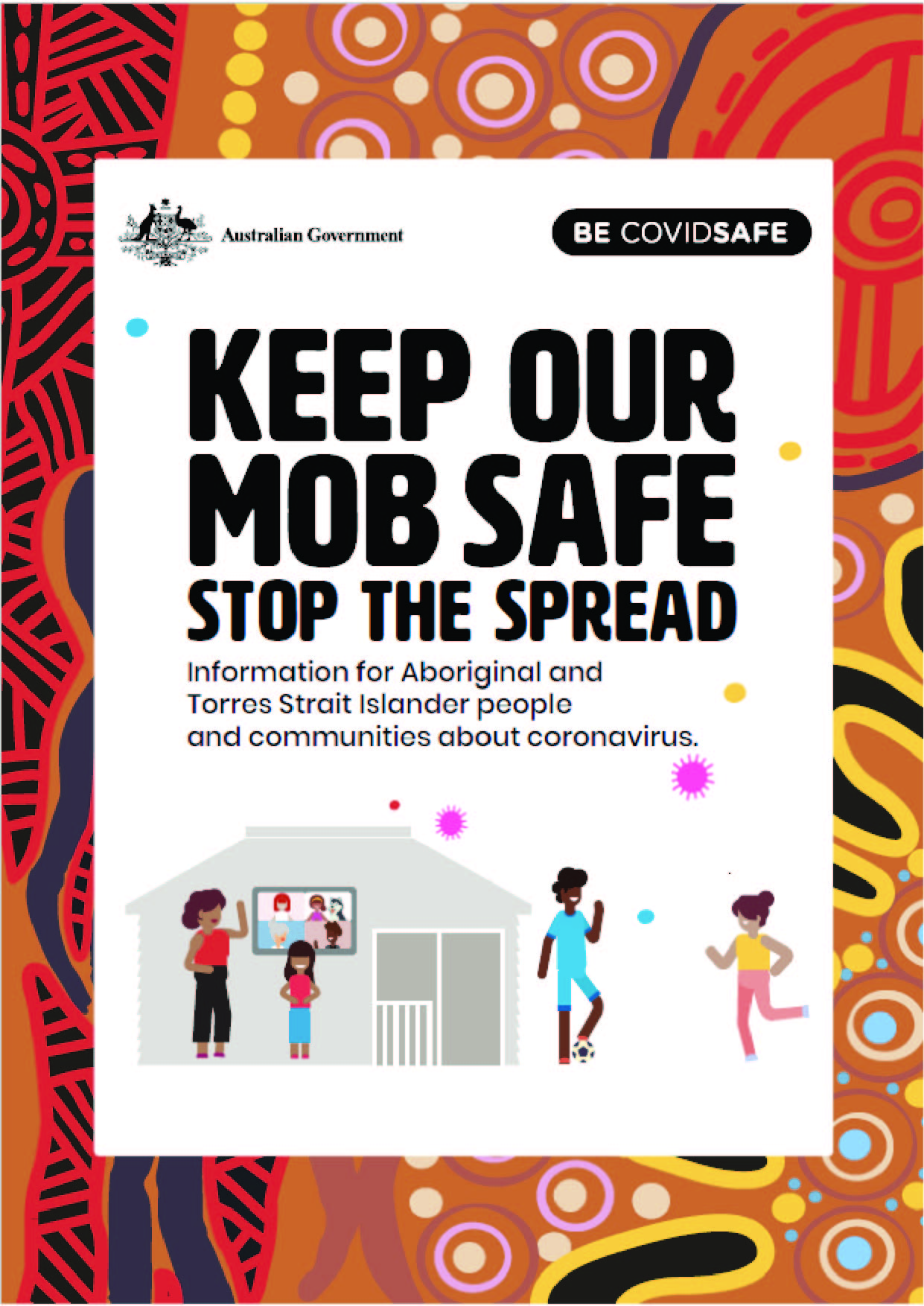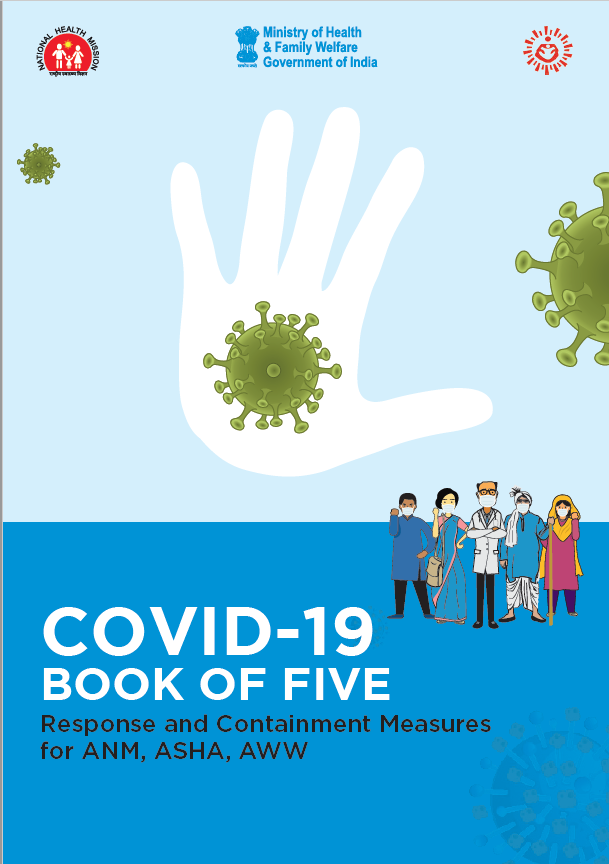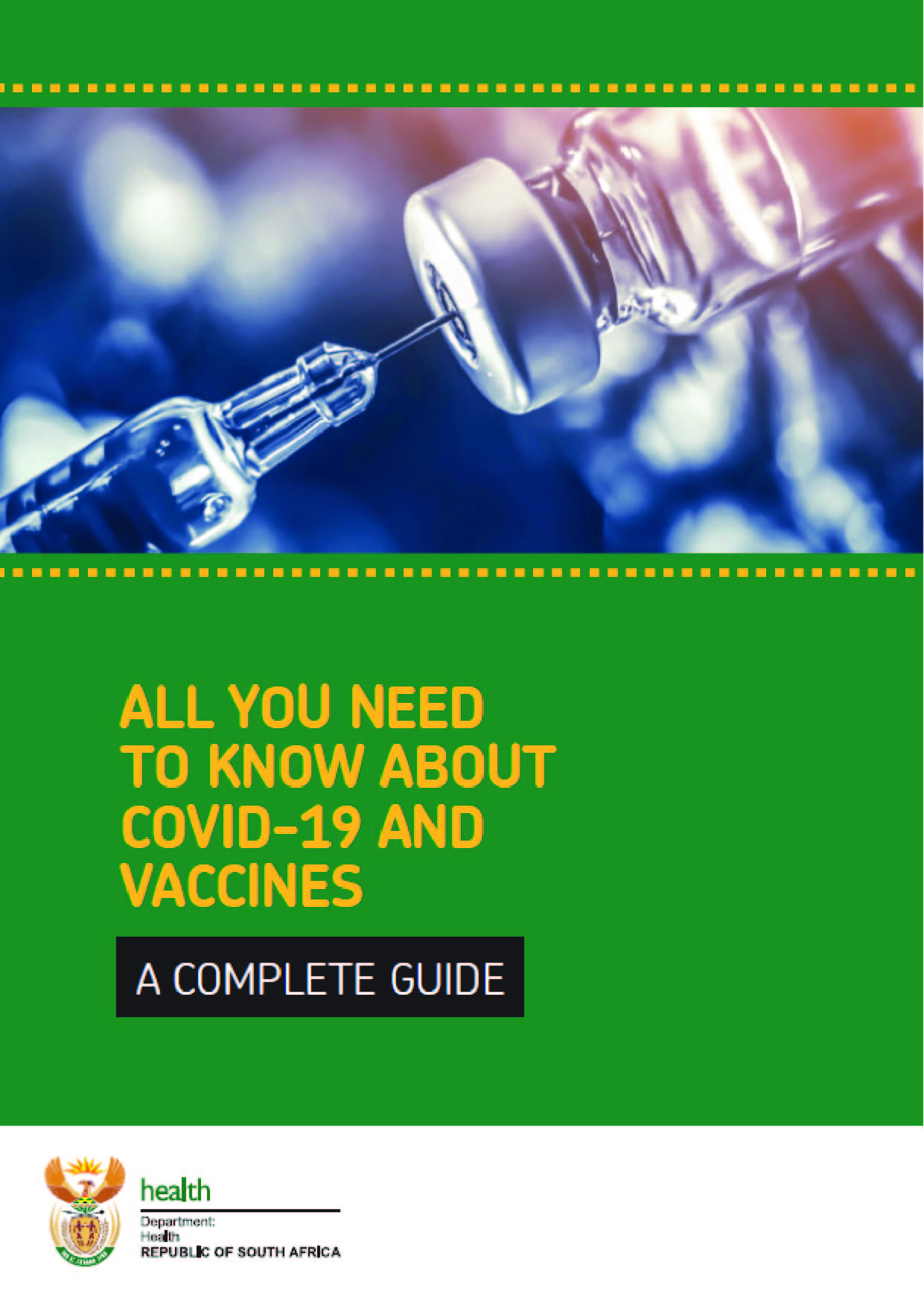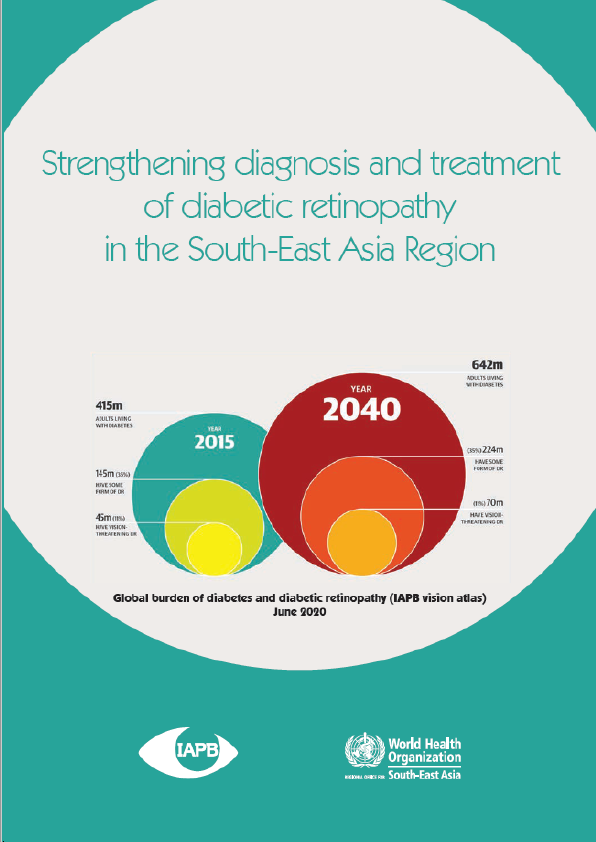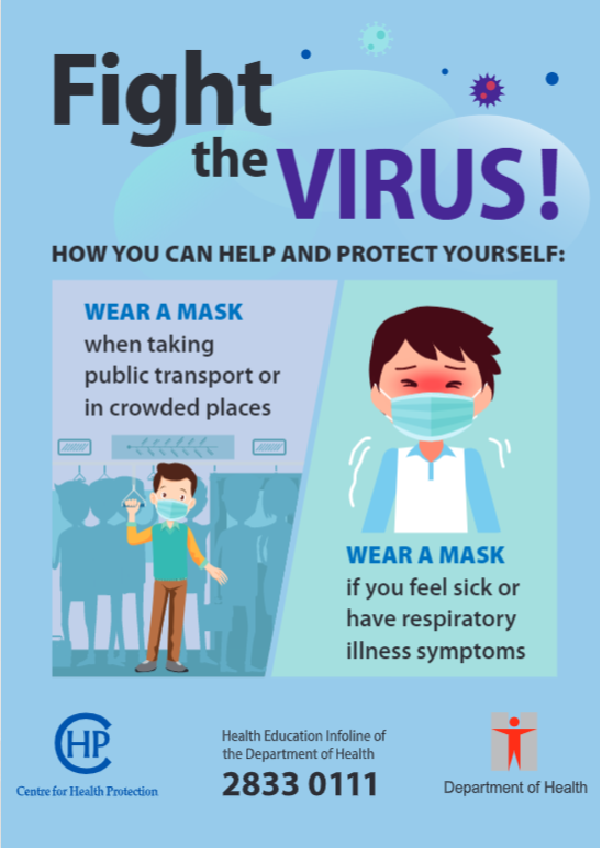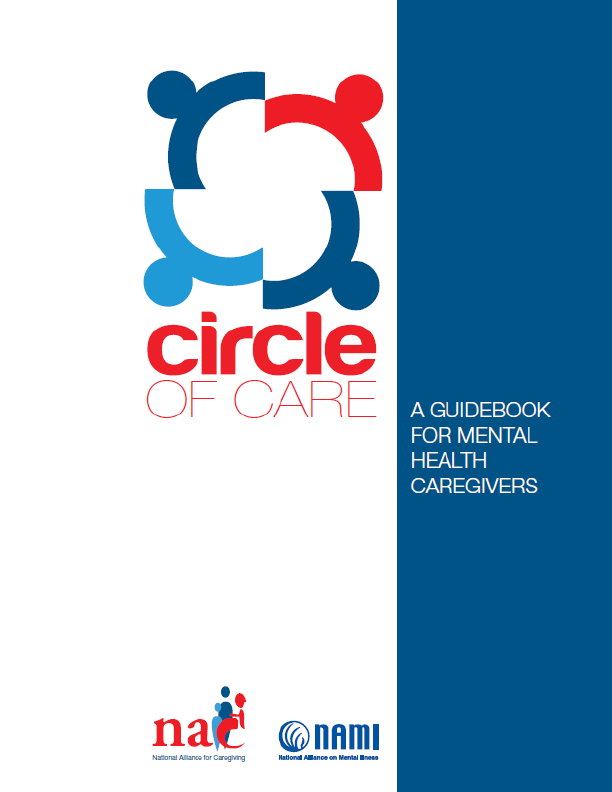The purpose of this textbook is to help learners develop best practices in vital sign measurement. Using a multi-media approach, it will provide opportunities to read about, observe, practice, and test vital sign measurement.
Introduction
The purpose of this textbook is to help you develop best practices in vital sign measurement. It will provide you with the opportunity to read about, observe, practice, and test vital sign measurement. Boxes with helpful tips are provided throughout the chapters:
- Technique Tips provide helpful information about measurement techniques, and
- Points to Consider highlight key points to consider about vital sign measurements and findings.
A Chapter Summary and Printable Flashcards highlighting techniques for each vital sign measurement are provided at the end of each chapter. These printable flashcards are all located together in the textbook’s conclusion chapter. You can review the full textbook or advance to sections that you have identified as areas you want to work on. The textbook has a self-directed format and provides an interactive and engaging way for you to learn about and develop competence in the measurement of vital signs while integrating knowledge about anatomy and physiology.
You will learn about various vital signs including temperature, pulse, respiration, blood pressure, and oxygen saturation. Measurement of vital signs is a foundational, psychomotor skill for healthcare providers and students in post-secondary healthrelated programs such as nursing, medicine, pharmacy, midwifery, paramedics, physiotherapy, occupational therapy, and massage therapy. These measurements provide information about a person’s overall state of health and more specifically about their cardiovascular and respiratory status. These measurements can also reveal changes in a client’s vital signs over time and changes in their overall state of health. Proficiency in vital sign measurement is essential to client safety, care, and management. Measurements can influence clinical decision-making related to therapeutic interventions.
This book is best viewed via the online, pressbooks format. However, a pdf format is made available.
General Points to Consider in Vital Sign Measurement
Therapeutic Environment and Informed Consent
It is important to seek informed consent while creating a therapeutic and safe environment during all encounters with clients. You will usually begin by introducing yourself by name and designation so the client knows who you are. Next, explain what you are going to do and always ask permission to touch before beginning vital sign measurement. For example, an appropriate introduction is:
“Hello, I am XXX (state first and last name). I am a XXX (state designation, e.g., I am a registered nurse). Today, I am here to take your vital signs. It will involve me touching your arm, are you okay with that?”
It is also important to ensure the client’s privacy by closing the curtains or the door to the room.
Infection Prevention and Control
Clean hands and clean equipment are essential to infection prevention and control when measuring vital signs. Ensuring cleanliness helps reduce communicable and infectious diseases, particularly nosocomial infections, which are infectious organisms acquired by a client while in hospital. Common infections include clostridium difficile (C. diff), vancomycin-resistant enterococcus (VRE), and methicillin-resistant staphylococcus aureus (MRSA).
Ensuring your hands are clean is the best way to prevent and control infection. Hand hygiene can include cleansing with hand gel (see Figure 1.1) and hand washing. (see Figure 1.2). Use an alcohol-based sanitizer before and after contact with clients. Place gel on your hands and rub all hand surfaces for at least fifteen seconds. When washing hands using soap and water, wet your hands and apply soap. Rub all hand surfaces for about fifteen seconds, then rinse your hands. If the tap is not automatic, then turn it off with a paper towel.
Points to Consider
Hand gel is the preferred method of hand hygiene because it kills more bacteria and is easily accessible to healthcare providers. Soap and water is used when hands/gloves come into contact with bodily fluids.
